Eurozone Sentix Investor Confidence rose from -30.9 to -21.0 in December, highest since June. Current Situation Index rose from -29.5 to -20.0. Expectations Index rose from -32.3 to -22.0, highest since March.
Sentix said: “The latest sentix economic data improve again and surprisingly significantly. Investors are spreading hope that thanks to mild winter weather, sufficient gas in storage and a possible peak in inflation data, the economic downturn has also passed its zenith.
“Internationally, there are also more moderate tones from the US Federal Reserve, which is holding out the prospect of “only” 50 basis points of interest rate increases in December. And in China, the protests finally seem to point to an end to the restrictive Corona measures.
“So will the recession end before it has really begun?”




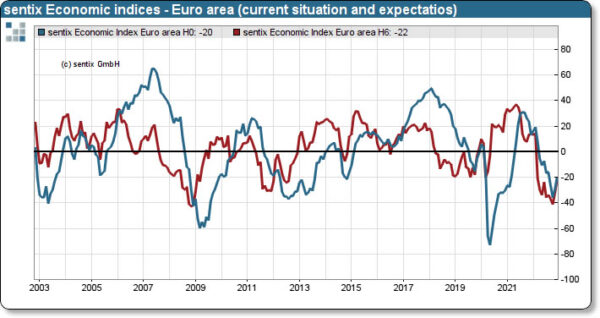
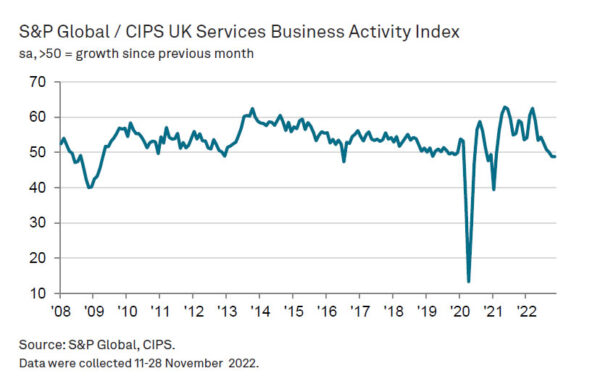
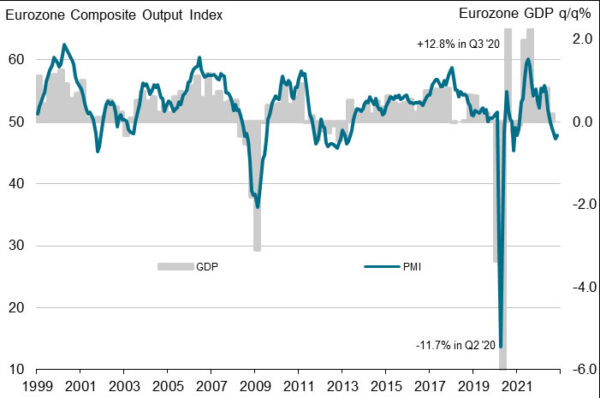
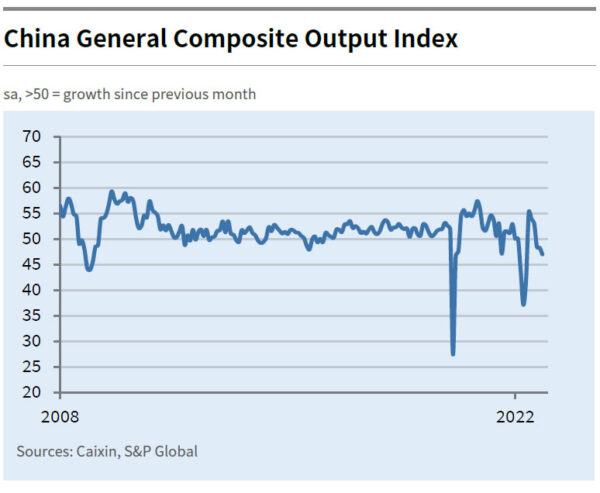
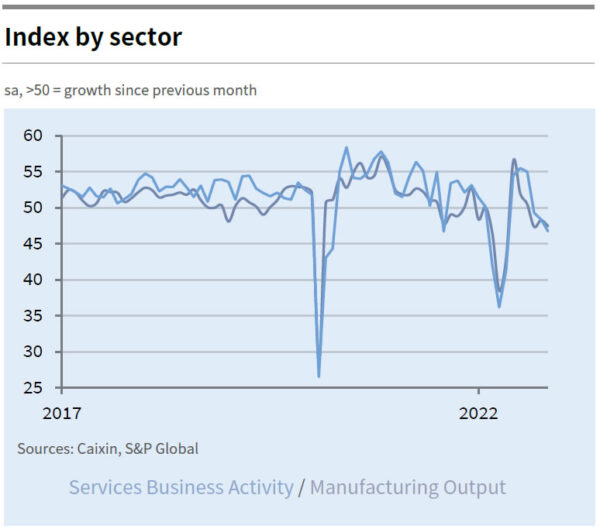
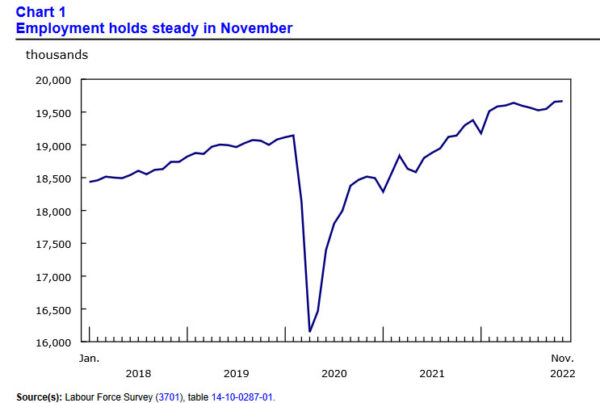
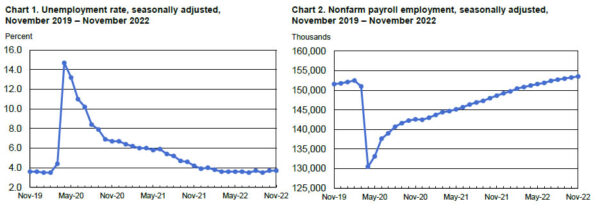
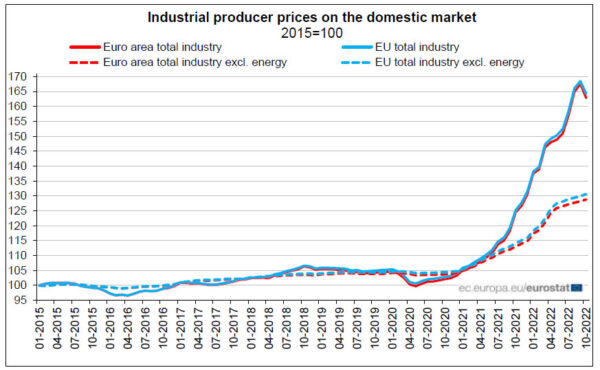
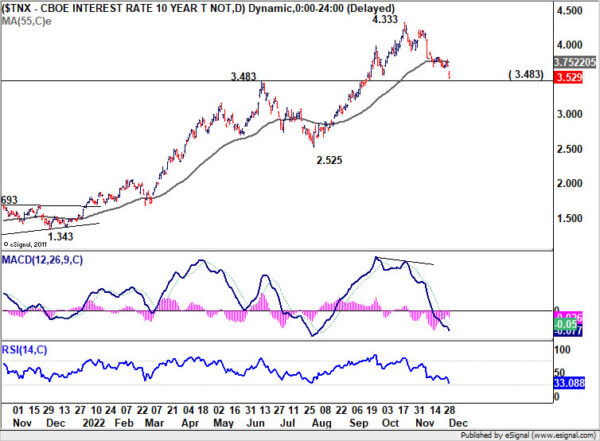
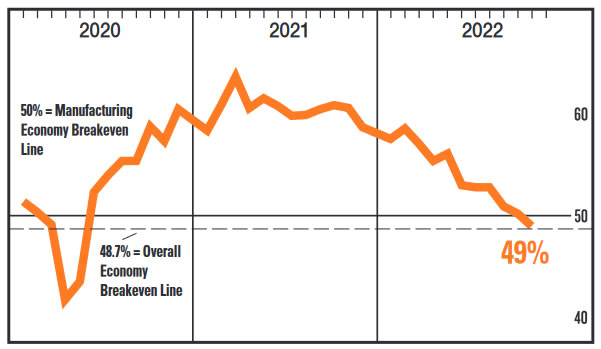
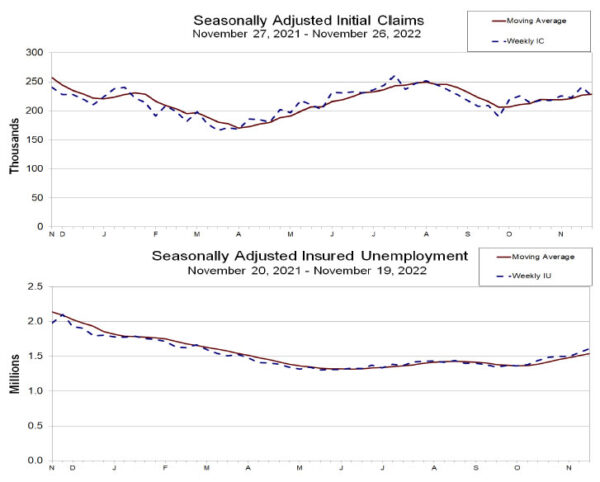
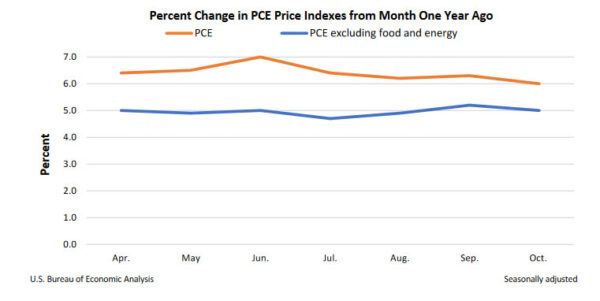
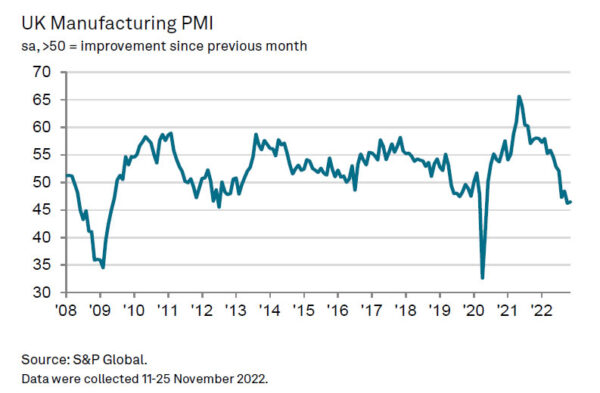
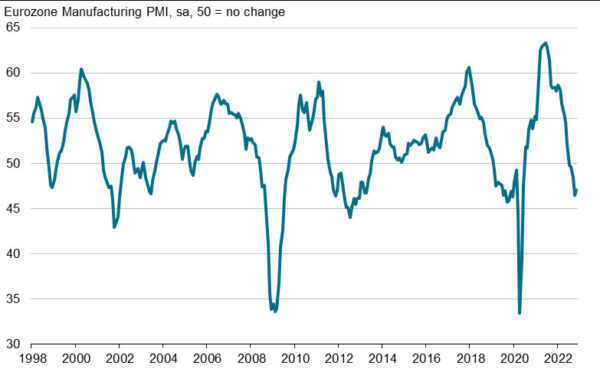
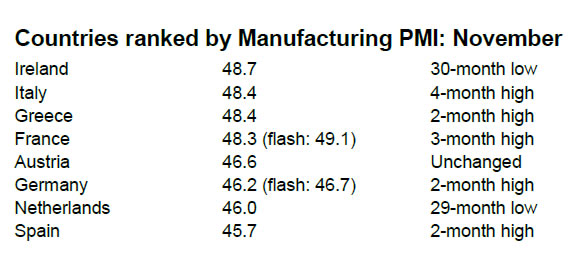
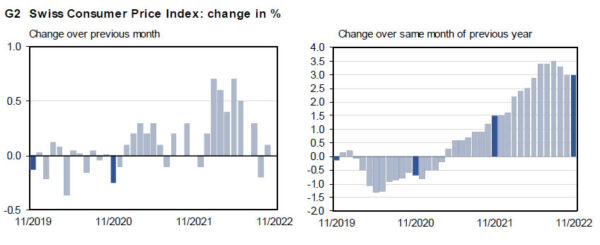

Eurozone retail sales dropped -1.8% mom in Oct, EU down -1.7% mom
Eurozone retail sales volume dropped -1.8% mom in October, worse than expectation of -1.6% mom. The volume of retail trade decreased by -2.1% for non-food products and by -1.5% for food, drinks and tobacco, while it grew by 0.3% for automotive fuels.
EU retail sales volume dropped -1.7% mom. Among Member States for which data are available, the largest monthly decreases in the total retail trade volume were registered in Austria (-4.6%), Croatia (-4.0%) and Belgium (-3.3%). Increases were observed in Luxembourg (+2.6%), Cyprus, Malta and Portugal (all +0.5%) and Spain (+0.4%).
Full release here.